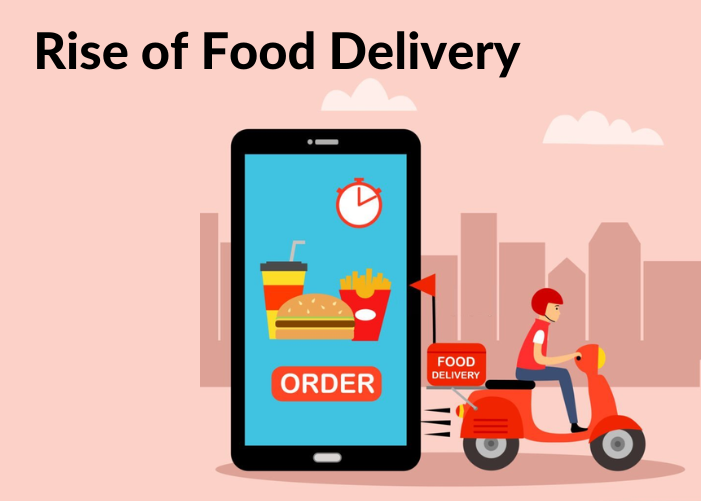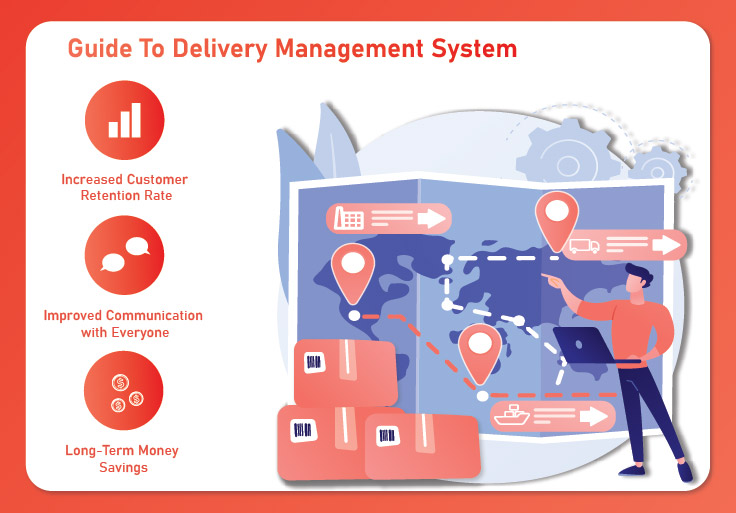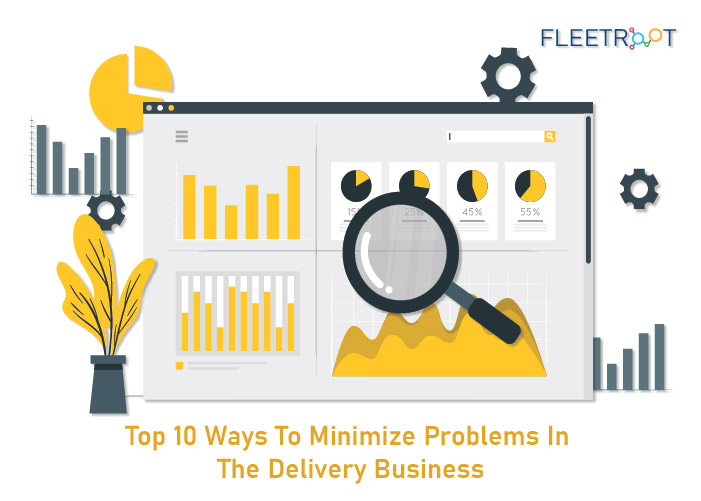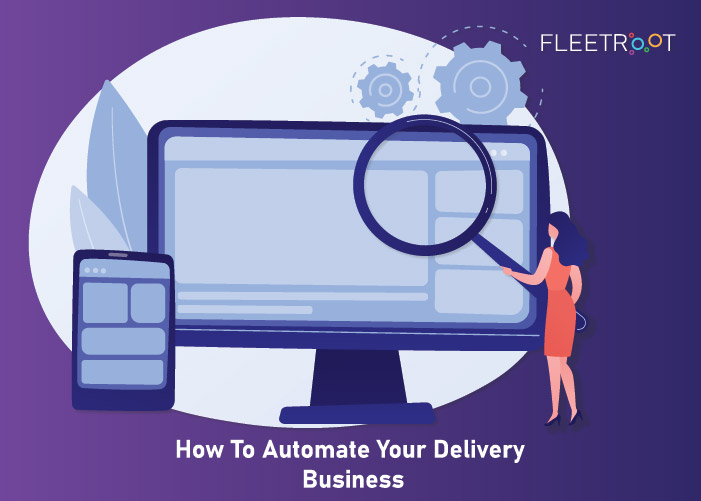Executive Summary
The advent of modern technology has propelled the Food Delivery Business to massive global numbers. With changing lifestyles and consumer preferences in a modern world, this business is here to stay. Investors are also happy to invest massive funds to grow their companies.
With the correct team, automation and by adopting a customer-centric approach, Food Delivery companies can achieve a highly profitable operation.
Food Delivery – The 21st Century “Avataar”!
Well, the concept of ‘food delivery’ isn’t new – the “good ole pizza guy” just a phone call away from delivering your favourite pizza at your doorstep has been around forever!
However, recent years have seen the arrival of Online Food Aggregators fuelled by eco-system advances such as Mobile Apps, Smartphones, vastly improved Logistics and Last-Mile Delivery processes.
With more choices than ever, the consumer now has a smorgasbord of options! As a result, the Food Delivery Industry has grown exponentially as customers have discovered the ease with which food of their choice shows up at their doorstep!
Global Online Food Delivery Services Market Expected to grow and reach USD154.34 billion in 2023 at CAGR of 11.51%.
Market opportunities bring new entrants
With attractive growth rates and changing customer preferences promising a stable business model, there is a long list of New Entrants. Everyone wants in on the profit, including firms from outside the industry.
Fintech Cos: have seized the opportunity by integrating their payment gateways with food delivery platforms. This gives consumers a seamless ordering experience while generating a commission per transaction for the Fintech Cos.
Hospitality Cos: are using existing capacity in their kitchens to supply meals via online food delivery platforms.
Automobile Cos: like GM, Toyota and Ford have developed vehicles customized for food delivery services (mainly, in the U.S. for now). The rest of the globe is making similar moves.
Robotics Cos: have debuted robots to make commercial deliveries within closed-loop areas eg college campuses. Drones and GenNext Robots are being tested for expanded roles.
Why has Food Delivery Service become so popular?
Modern lifestyles, hectic living and women working full-time jobs have made it difficult for households to maintain the traditional ‘home cooked meals’ living.
Numerous choices: consumers now have a wide array of options at the tap of a button. Consumers can easily choose based on cuisine, main-course or sides, price, delivery times, restaurant rating.
Affordability: reduced operating costs (eg cloud kitchens), increased scale, loyalty discounts has allowed firms to supply food at affordable costs for consumers.
Smartphones: the easy availability and ever reducing price of Smartphones is probably the single-biggest driver of the growth of this industry. Just download the App of your choice and you are good to go!
Apps: again, the rapid evolution of Mobility and App development has allowed consumers to manage it all from their Smartphones
Easy Payment: numerous payment options include COD (cash-on-delivery), credit cards, digital wallets and net-banking. With increasing security, it is safe and secure to make such online payments.
Leading global players in the Food Delivery Business (Frost & Sullivan, 2018)
Food Delivery Businesses – Top 4 Business Models
1) Aggregators
– UberEats, Swiggy, Zomato,
– 50% of the $125 bn industry sales come from this model
– 3rd Party Apps show available restaurants
– Customers place their orders and the food is delivered by the restaurant or by platform fulfillment partners
– Aggregators take a 20-30% commission of the order value. Monthly subscriptions and various loyalty schemes abound
2) Full-Service-Model
– The Food Delivery Business manages the entire operation by themselves
– Typically, Cloud-Kitchens use this model (those without dining in options)
– While this model needs heavy CapEx, if they become successful they have control over the entire process: food quality, logistics and also earn a higher margin
3) Restaurant-to-Customer
– Pizza Hut, Domino’s, McDonalds
– They serve some markets by themselves and also use 3rd party fulfillment partners to deliver to markets that they don’t serve
4) Grocery Delivery
– Instacart, Big Basket, Amazon Pantry
– This business has experienced a sudden spurt in recent years especially during the recent pandemic
– A website or App delivers groceries to consumers from a distribution centre(s)
– Often, local grocery producers/retailers get together to supply to local areas (“hyper-local) via a website/App
10 leading online food delivery firms in NA Market-leader ‘Grubhub’ has over one-third market share.
10 leading food delivery firms in EUR. Dutch company ‘Just Eat’ is present in 8 countries in the region. Also 83%+ UK market-share (*2018, Frost & Sullivan.)
55% Asia share of global online food delivery market (*2018, Frost & Sullivan.)
Key Challenges of Food Delivery Businesses
However, growing consumer demand also brings competition and challenges. Some key challenges by Food Delivery businesses include:
1. Evolving Customer Habits
Current players offer such a vast array of choices at all price-points and delivery options that customers are spoilt for choice. With new players entering everyday, retaining customers and creating loyalty is a frenetic task. In trying to do so, companies are resorting to discount-strategies and aggressive marketing. While those are important to keep consumers engaged, the only sustainable method of creating loyal customers is by creating value-based offerings at acceptable prices.
2. Deep Logistical Challenges
Given how much of your offering (value, cost) depends on efficient logistics and Last-Mile Delivery effectiveness, Food Delivery companies must manage this with razor-like focus. Investing in the correct people, maintaining optimal vehicle fleets, using the correct tech and automation tools enables firms to achieve scale, maintain food-quality and achieve profitability.
3. Volatile Raw Material Costs
Food raw material has volatile prices. Since fluctuating end-prices to customers has its own risks, margins are under constant pressure.
4. Stringent Quality Standards
Vast demand and intense competition has meant that consumer expectations of food quality have become even more demanding. Food is a consumable item and people are fiercely particular about its quality. Fair to say that unless companies can stay atop this defining business metric, they will lose customers forever.
Top 10 Food Delivery Software & Apps
1. GrubHub, USA 6. Deliveroo, UK
2. Doordash, USA 7. HungryHouse, UK
3. UberEats, USA 8. Foodpanda, Singapore
4. Postmates, USA 9. Zomato, India
5. Just Eat, Denmark 10. Ele.me, China
How important is a “food delivery tracking system”?
Not only is a robust tracking system critical for the success of a food delivery business, but its handling of the Last-Mile Delivery is also imperative.
Such a system will ensure timely deliveries via optimal logistics, routing, and inventory management.
As mentioned earlier, managing your Last-Mile Delivery is critical for route planning, automated dispatch and the overall monitoring my your Logistics & Distribution Managers from vantage points. Feedback collected from customers through direct interaction also allows for constant improvement and innovation.
Modern tech tools like a GPS enabled fleet tracking software to manage logistics, distribution and Last-Mile Delivery is a must-have automation tool that companies must invest into.
Conclusion: the global opportunity of the Food Delivery business is significant. By deploying the correct technology and by placing Customer Delight at the center of its operations, a Food Delivery company can prosper even with the high levels of competition that exist.




